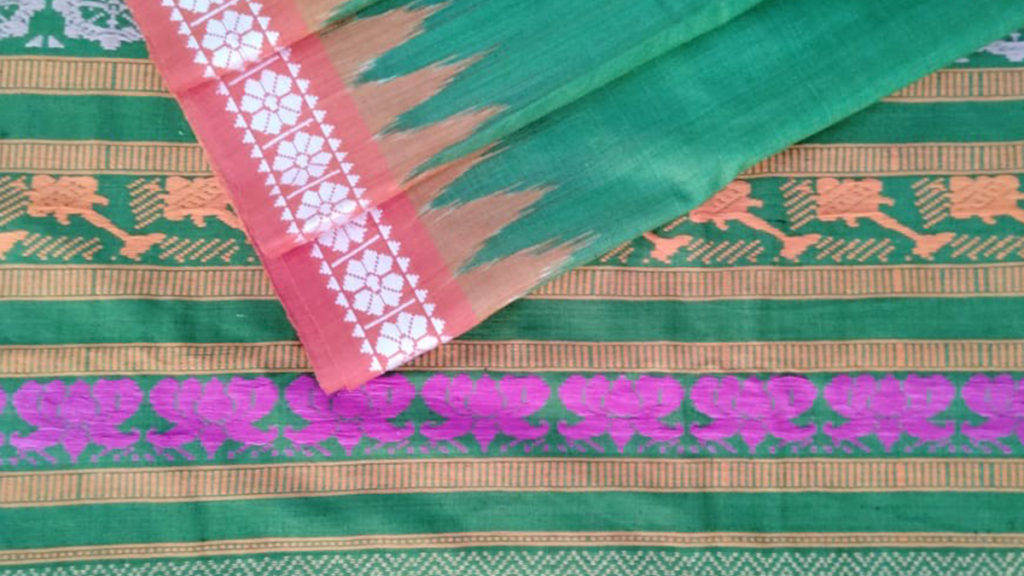The Tussar affair during Covid-19
A land of vibrant arts and crafts, Odisha has much to offer when it comes to handlooms, textiles and handicrafts. The State holds a special place in the country’s textile scenario for its exquisite and traditional handlooms. This rich artistic heritage is credited to many weaving clusters spread across the length and breadth of Odisha. One such cluster is located in Jajpur district’s Gopalpur which is famous for Tussar fabrics. The village houses over 1,500 families that continue to uphold the illustrious heritage of the State by weaving delicate pieces of Tussar cloth.

My City Links caught up with artisan Jagajeeban Chand, whose family is engaged in weaving threads of charm for the last several decades, to discuss the issues facing the Tussar industry and much more. The excerpts:
How did you get into the fine art of weaving?

I was a kid when my grandfather used to weave cotton towels and lungis before shifting to making Tussar Geecha fabric. During my high school years, my father began to weave sarees. In 2004, I started with the basics like weaving plain sarees. Then, I took lessons on complex weaving techniques from a master weaver of our village who willing taught me the skills. I am now able to weave complex designs and make designer sarees.
What is your specialty?

My signature products range from exclusive Tussar fabrics to sarees, stoles and dupattas. Since ‘Ghoda Nabami’ is a popular festival of Gopalpur, I weaved a saree depicting scenes from the traditional fete which was named ‘The Exclusive Ghoda Nabami Saree’. Similarly, there is a ‘Rath Yatra’ saree portraying the iconic car festival. Tussar silk, which is delicate and has a natural dull gold shimmer to it, was used in making these sarees.
How has the pandemic affected the weaving community?

Like other sectors, the COVID-19 has wreaked havoc on the weaver community by snatching away our livelihood options. Many weavers have become unemployed and finding it extremely difficult to sustain their families. During the first wave of the pandemic, Antaran, a craft-based livelihood programme by Tata Trusts, helped us significantly to sell our stocks. But in the second wave, we weren’t able to sell any products from our inventory. If the situation continues, we will be pushed to the brink of poverty.
Is the next generation keen on taking up weaving?

No. The youngsters are not interested in taking up weaving as a vocation as they feel it is not profitable enough to sustain their families. They are more interested in studies and doing professional jobs which pay handsomely.
How do you see the future?

I am trying to expand my reach by making my presence felt on social media sites like Instagram as some youngsters of my village say it’s a great medium to promote artisans. I also intend to improve my marketing skills and come up with diverse designs and products. If God is willing, my sales should improve in the coming days and I will be able to get recognition across the globe for my work.


